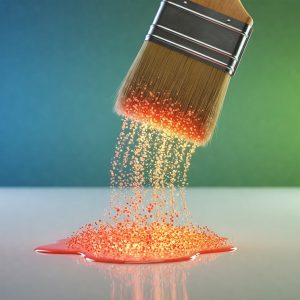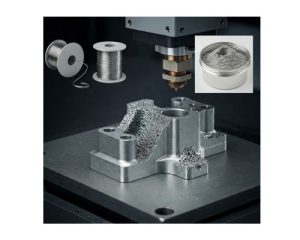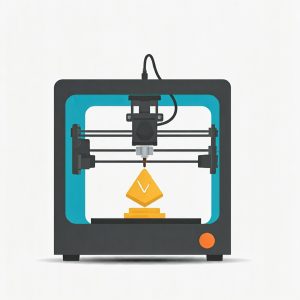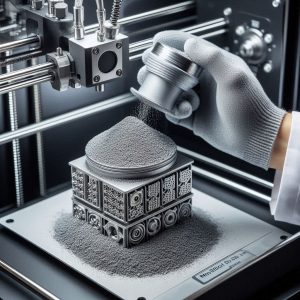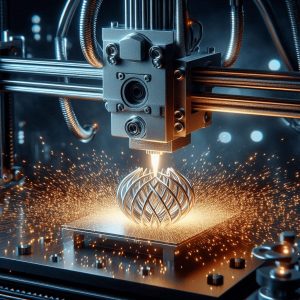3D printing, or additive manufacturing, has become a game-changer in modern engineering. By constructing three-dimensional objects layer by layer from digital models, it offers unparalleled precision and versatility. But when it comes to metal alloys, the process has faced significant hurdles primarily due to rapid temperature fluctuations during printing. These sudden changes can compromise the atomic structure, making it challenging to achieve the desired strength and durability in materials like stainless steel.
New 3D Printing Technique Revolutionizes High-Strength Stainless Steel Production
The Evolution of 3D Printing: A Sustainable Frontier
Unlike traditional manufacturing, 3D printing minimizes material wastage, reduces human involvement, and requires minimal post-processing. These features make it not only cost-effective but also an environmentally friendly solution for industrial production. With its potential to replace conventional technologies, 3D printing is a sustainable choice that mitigates the adverse effects of industrialization on the environment.
Advancement in Stainless Steel Printing
Recent advancements have addressed the challenges of printing high-strength stainless steel, such as 17-4 PH and 316L by using spherical powders of these alloys. The components produced by AM are stronger and more reliable.
17-4 PH Stainless Steel: Known for its superior tensile and yield strength, this material CAN undergo heat treatments like vacuum solution and H900 aging, resulting in exceptional hardness and corrosion resistance.
316L Stainless Steel: This variant offers higher malleability and is ideal for applications requiring flexibility. Stress-relief treatments ensure its high ductility and resistance to acids and corrosion.
Why Stainless-Steel Matters
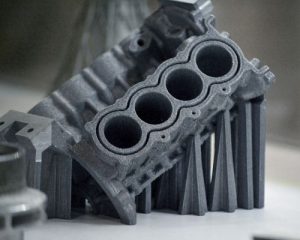 Stainless steel’s combination of corrosion resistance and hardness makes it indispensable in industries such as aerospace, marine, medical devices, and industrial machinery. The ability to print this material using 3D techniques reduces costs, enhances manufacturing flexibility, and paves the way for printing other challenging materials.
Stainless steel’s combination of corrosion resistance and hardness makes it indispensable in industries such as aerospace, marine, medical devices, and industrial machinery. The ability to print this material using 3D techniques reduces costs, enhances manufacturing flexibility, and paves the way for printing other challenging materials.
The Science Behind the Innovation
Using high-energy X-ray diffraction, researchers have captured images of stainless steel’s structural changes during heating and cooling. These insights allowed them to map correlations between process parameters and atomic arrangements, optimizing the alloy’s composition. Additionally, small-angle X-ray scattering has been used to analyze nanoprecipitates, tiny structural anomalies that significantly influence material strength. This cutting-edge method ensures that manufacturers can consistently produce some of the toughest materials on the planet.
The Future of Sustainable Manufacturing
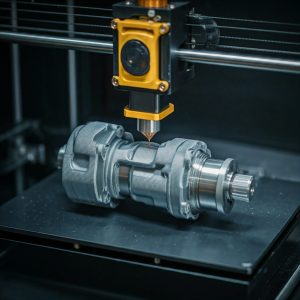 3D printing’s ability to produce complex geometries with optimized strength-to-weight ratios makes it a technology of the future. Beyond its technical advantages, it offers sustainable benefits, such as reduced material waste, recycling potential, and lower emissions. The capability to reuse plastics and create lightweight yet strong designs further solidifies its role in developing eco-friendly industrial solutions.
3D printing’s ability to produce complex geometries with optimized strength-to-weight ratios makes it a technology of the future. Beyond its technical advantages, it offers sustainable benefits, such as reduced material waste, recycling potential, and lower emissions. The capability to reuse plastics and create lightweight yet strong designs further solidifies its role in developing eco-friendly industrial solutions.
Applications for 3D-Printed Stainless Steel
 Stainless steel corrosion resistance and hardness makes it well suited for components used in the aerospace, medical, and automotive industries like Surgical instrumentation, Fuel injectors, Engine components, Manufacturing aids.
Stainless steel corrosion resistance and hardness makes it well suited for components used in the aerospace, medical, and automotive industries like Surgical instrumentation, Fuel injectors, Engine components, Manufacturing aids.

